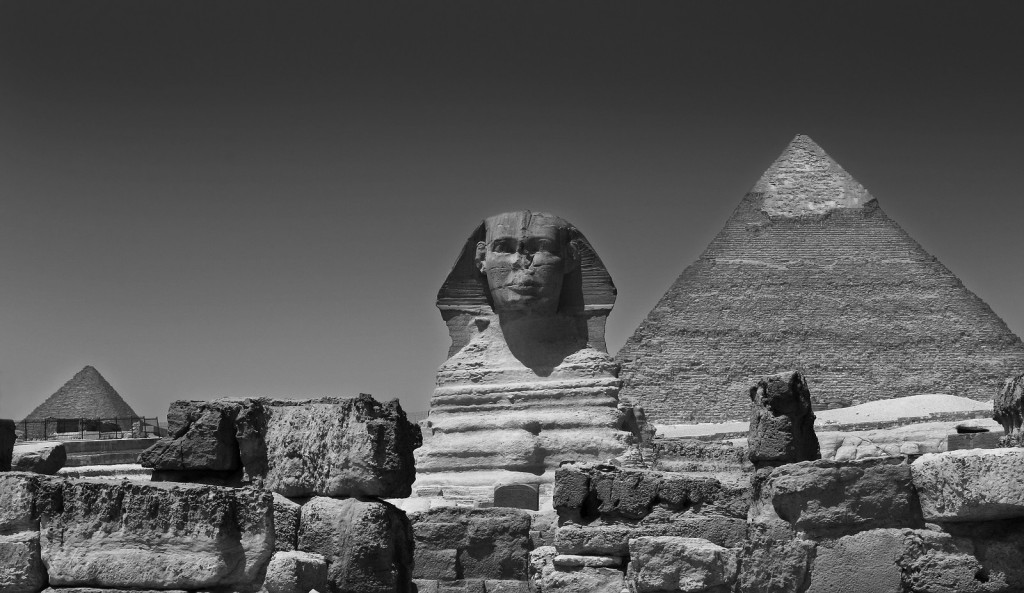In Africa, art is a manifestation of culture. Art has everything to do with culture. Culture, by definition, is “the customs, arts, social institutions, and achievements of a particular nation, people, or other social group.” Art reflects many milestones in Africa’s history.
The Pyramids of Giza in Egypt of North Africa tell much of Egypt’s rich history through inscriptions on their chamber walls. They were constructed at a point in time when Egypt was one of the richest and most powerful civilizations in the world, approximately 2560 BC.
Moving thousands of years forward, “The Butcher Boys” is a notable work of art by Jane Alexander made in 1985 as a response to Apartheid. The work uses terracotta, ivory, iron, wood and gold, all found in West Africa. Three life-sized sculptures depict deformed boys with animal features for faces, imitating masks worn during ceremonies and festivities. Royalty and warriors owned similar ornaments which mostly represented familiar deities. Examples include the Senufo figurine made of copper alloy in the 19th to mid-20th century (Ivory coast), the Ivory FESTAC head of 1977 (Ancient Benin Kingdom, Nigeria). Most of the time, these sculpted pieces were passed down from generation to generation or given to teenage boys upon their initiation into manhood. They are distinctive enough from each other that one can name their specific geographical origins within Africa just by looking at them.
This is but a taste of the many forms or art in Africa. No matter the form of African art you encounter, you can expect originality, a story, and, most importantly, insight into the African culture.

